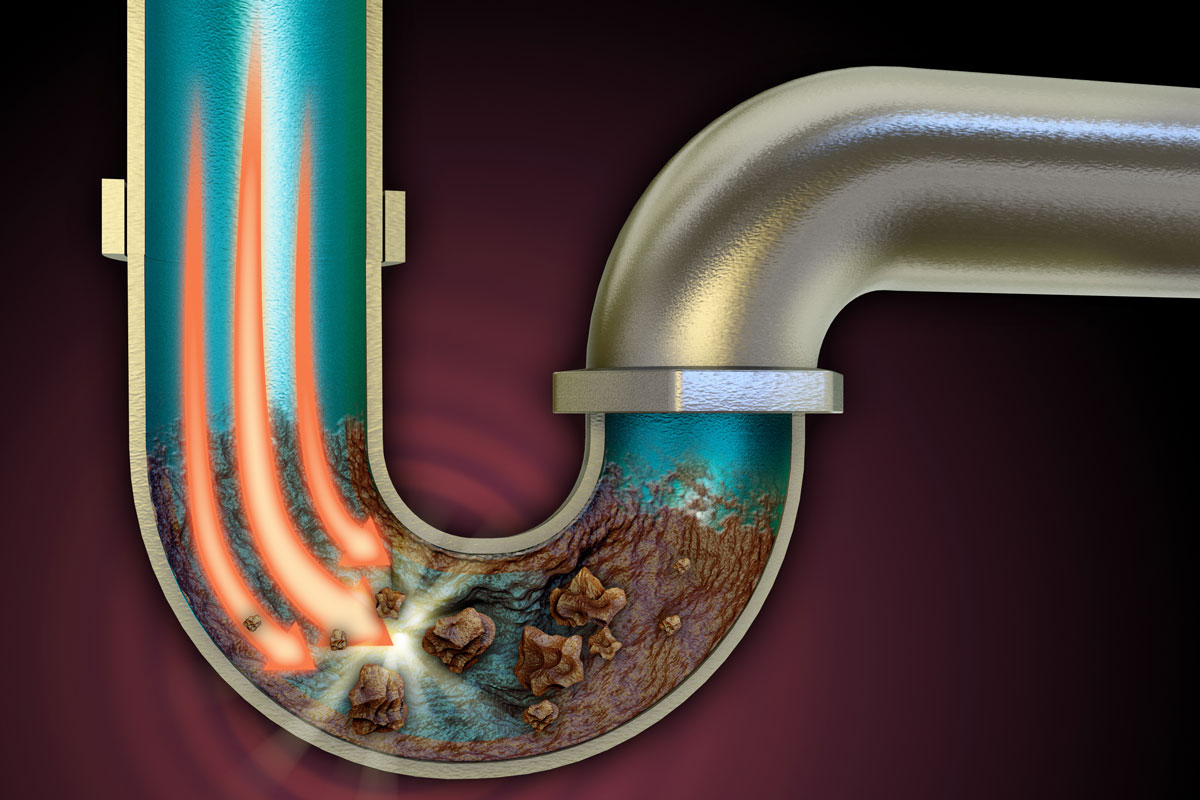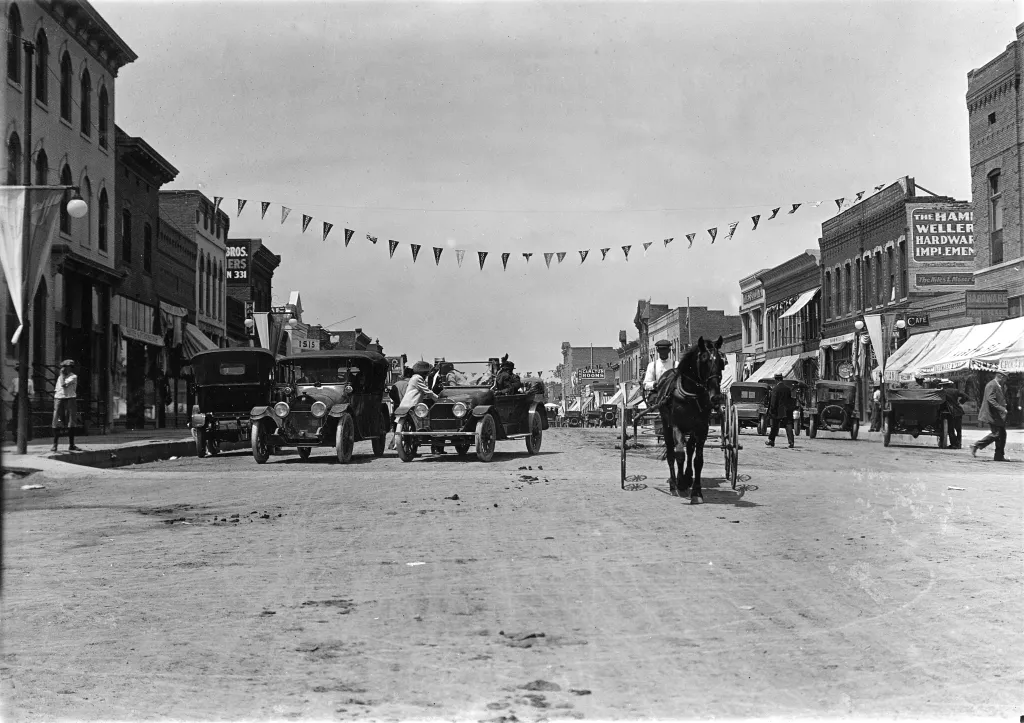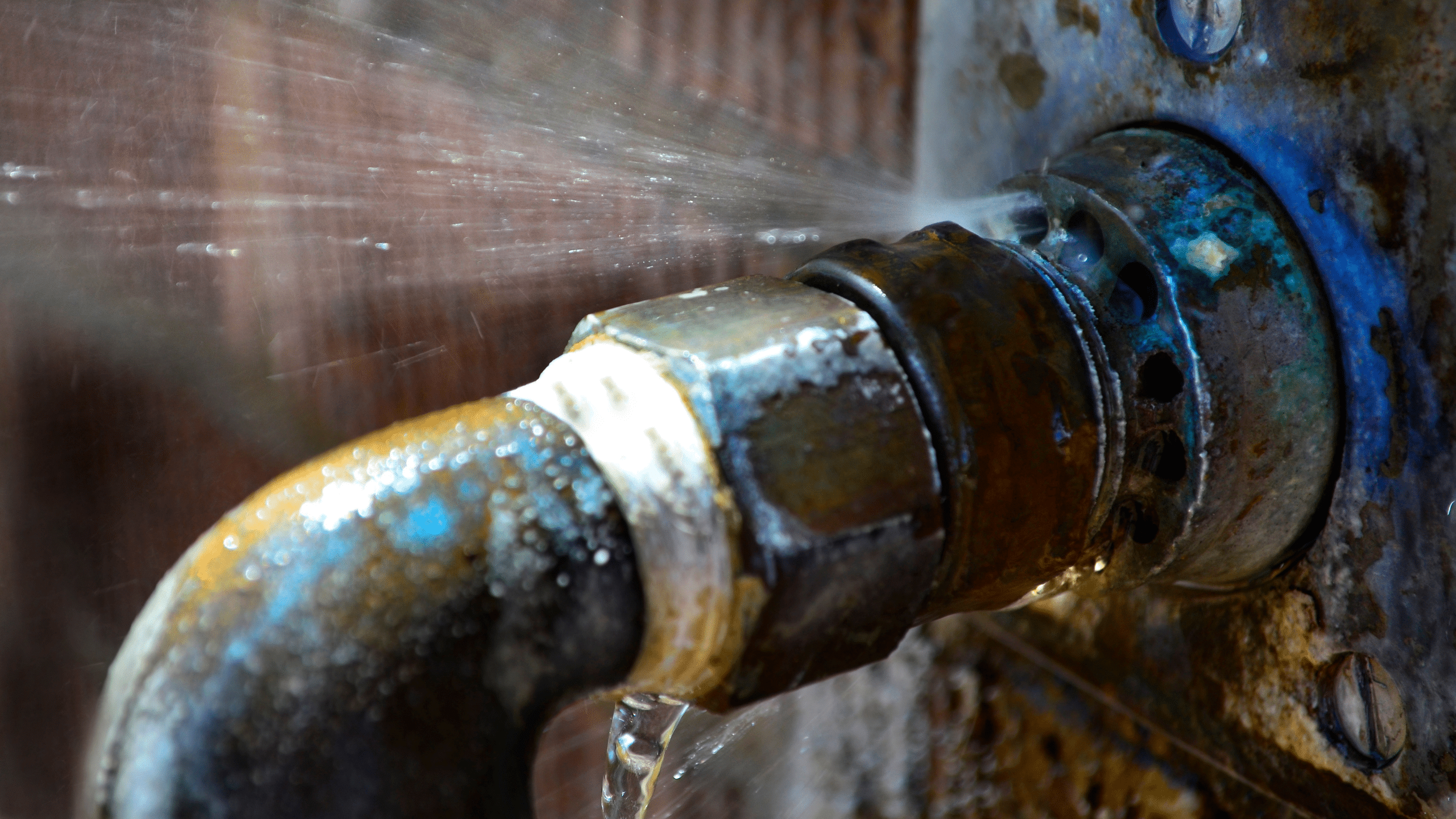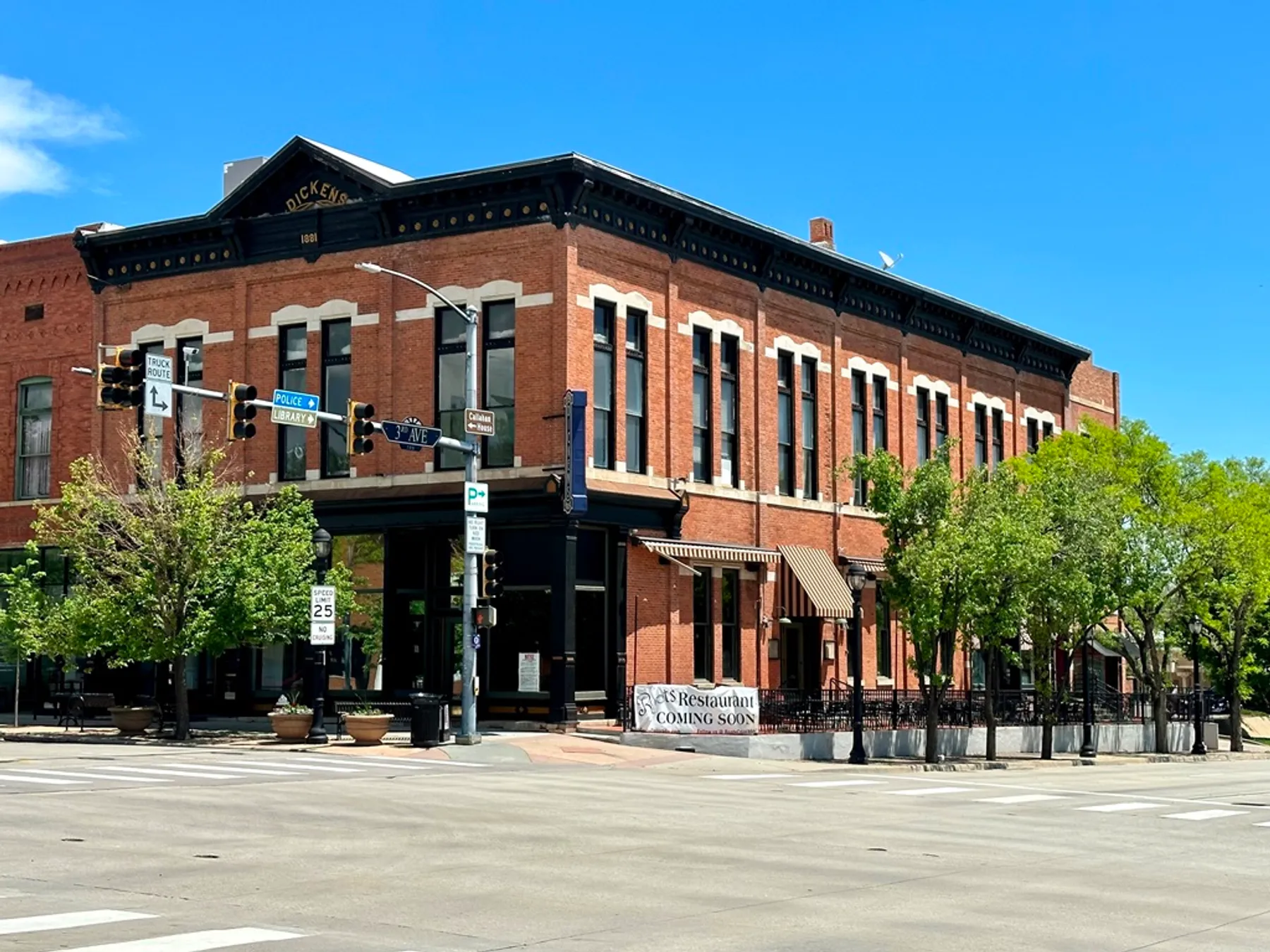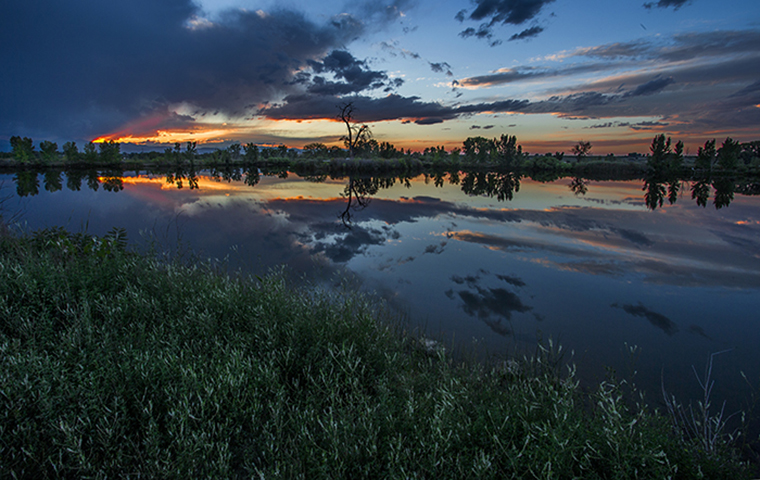FAQ's
Are Drain Cleaning Chemicals Safe?
While drain cleaning chemicals can effectively unclog drains, they come with potential risks and drawbacks. Here are some considerations regarding the safety of drain cleaning chemicals:
Toxicity: Many commercial drain cleaners contain harsh chemicals such as lye, sulfuric acid, or other corrosive substances. These chemicals can be toxic and pose health risks if not handled properly. Inhaling fumes or coming into direct contact with the skin or eyes can result in irritation, burns, or other health issues.
Environmental Impact: The chemicals in drain cleaners can have negative effects on the environment when disposed of down drains. They may harm aquatic life and contribute to water pollution.
Potential Damage to Pipes: Some aggressive drain cleaning chemicals can corrode or damage certain types of pipes, especially if they are old or made of vulnerable materials. Prolonged use of these chemicals may lead to the deterioration of plumbing systems.
Incomplete Clog Removal: Drain cleaners may not always completely remove a clog. In some cases, they can create a temporary opening, allowing water to pass through, but leaving a residue that can contribute to future clogs.
Risk of Mixing Chemicals: Using different types of drain cleaners or mixing them with other substances (such as bleach) can produce dangerous reactions. It's crucial to read and follow the manufacturer's instructions and avoid combining different chemicals.
The short answer is no. Chemical drain cleaners are composed of a variety of toxins. In fact, the product labels even include several warnings. These chemicals are harmful and need to be kept out of reach. They are also bad for your pipes and weaken them from the inside out. This eventually leads to pipe replacement and further plumbing issues that are time-consuming and costly.
If I have a severe water leak in my house, what should I do?
First, locate the main water supply shut-off valve and shut down your water supply. This keeps the leak from getting worse and gives you time to possibly locate the problem. Next, contact a professional plumber to come out immediately. We'll assess the leak and resolve the problem.
What Should I Do When My Toilet Overflows?
If your toilet is overflowing, it's important to take prompt action to prevent water damage and address the issue. Here's a step-by-step guide:
- Stop Flushing: If the toilet is still flushing or filling up, do not flush it again. This will only add more water to the bowl and exacerbate the problem.
- Remove the Tank Lid: Lift the tank lid and locate the flapper valve at the bottom of the tank. Push it down to stop more water from entering the bowl.
- Shut Off the Water Supply: Most toilets have a shut-off valve located near the base on the wall. Turn the valve clockwise to stop the water flow to the toilet. If you can't find the shut-off valve or it's not working, you may need to shut off the main water supply to your house."
- Check for External Issues: If the toilet continues to overflow even with the water supply shut off, there may be a problem with the plumbing. In this case, it's best to contact a plumber for professional assistance.
Remember, if the situation is beyond your control or you are unsure of what to do, it's advisable to seek help from a professional plumber to avoid further damage or potential health hazards.
Why does the toilet keep running?
A toilet that keeps running can be due to various reasons. Here are some common causes and solutions:
- Flapper Valve Issues: The flapper valve is a rubber component at the bottom of the tank. If it's worn, damaged, or misaligned, water can continuously leak into the bowl. Check the flapper for any signs of wear or damage. If needed, replace it with a new one.
- Faulty Fill Valve: The fill valve controls the water entering the tank after flushing. If it's malfunctioning, it may not shut off properly, causing a continuous flow of water. Consider replacing the fill valve if necessary.
- Water Level Adjustment: Ensure that the water level in the tank is set to the correct level. The water should be about half an inch below the overflow tube.
- Check for Leaks: Inspect the toilet for any visible leaks around the base, the supply line, or the tank. If there's water on the floor, it may indicate a leak that needs to be addressed.
- Chain Length: If the chain connecting the flush handle to the flapper is too long, it may get caught or tangled, preventing the flapper from sealing properly. Adjust the chain length as needed.
Regular maintenance and prompt repairs can help prevent running toilet issues. If you're unsure about any of the steps or if the problem persists, it may be wise to consult with a plumber for a professional assessment and repair.
Why Is My Faucet Leaking?
A leaking faucet can be caused by various issues. Here are some common reasons and potential solutions:
Worn Cartridge or Ceramic Disc: In newer faucets, especially in single-handle faucets, a cartridge or ceramic disc is used to control water flow. If these components are worn or damaged, they can lead to leaks. Replace the cartridge or disc as needed.
Corroded Valve Seat: The valve seat is the connection between the faucet and the spout. If it becomes corroded or damaged, water can seep through. Cleaning or replacing the valve seat may be necessary.
Loose or Worn O-Rings: O-rings are rubber gaskets that create a seal in certain parts of the faucet. If these become loose or worn, they can cause leaks. Check and replace any damaged O-rings.
Improper Installation: If the faucet was not installed correctly, it can lead to leaks. Make sure all components are properly tightened and installed according to the manufacturer's instructions.
High Water Pressure: Excessive water pressure can put stress on faucet components, leading to leaks. Consider installing a pressure regulator to maintain a safe pressure level.
Leaking from the Base: If water is leaking from the base of the faucet, it may indicate a problem with the faucet's seals or gaskets.
Faulty Faucet Design or Manufacturing Defect: In some cases, a leak may be due to a design flaw or manufacturing defect in the faucet. If the faucet is under warranty, contact the manufacturer for assistance.
Regular maintenance and prompt repairs can help prevent and address faucet leaks. If you are unsure about the cause of the leak or how to fix it, consider consulting with a plumber for professional assistance.
